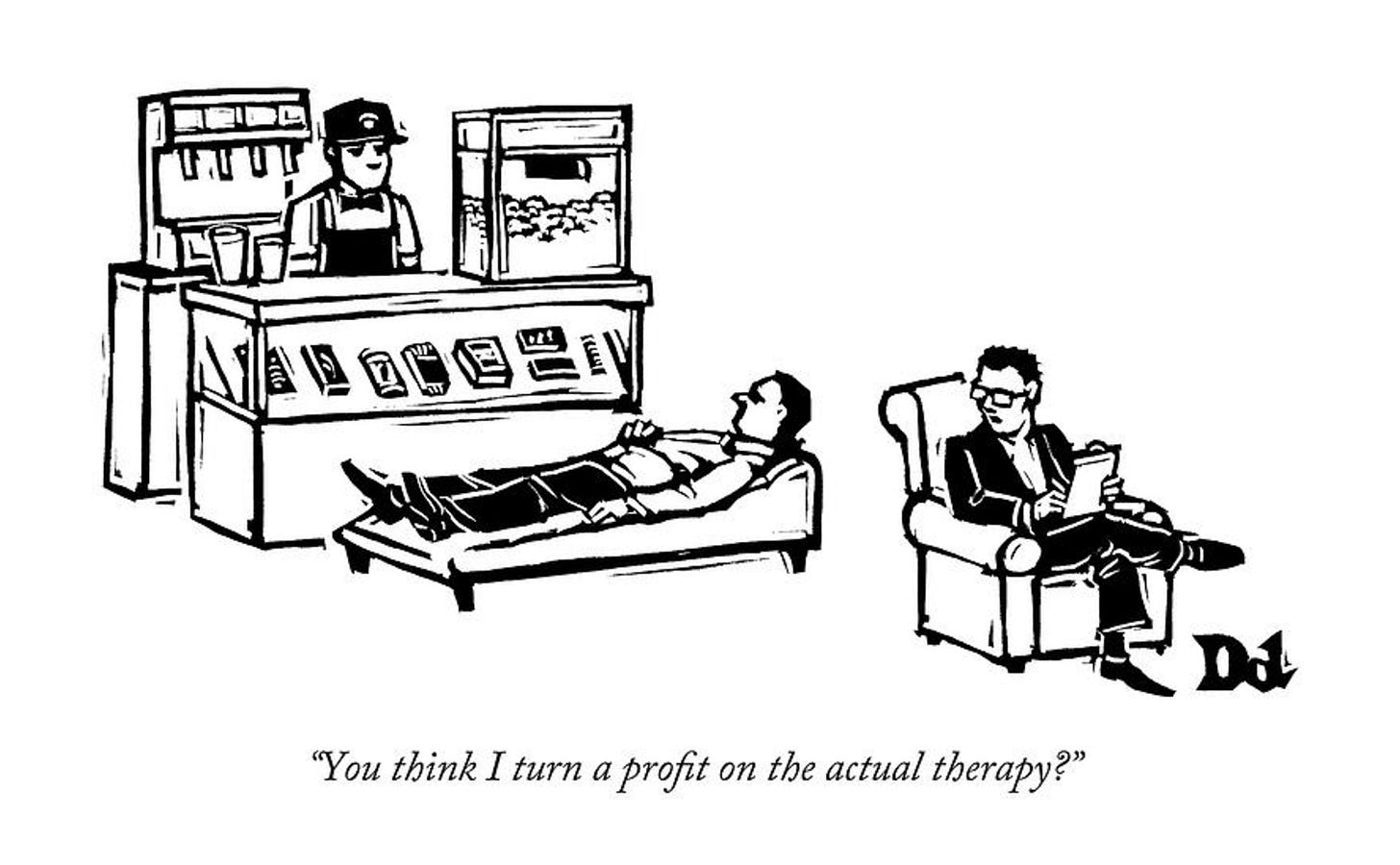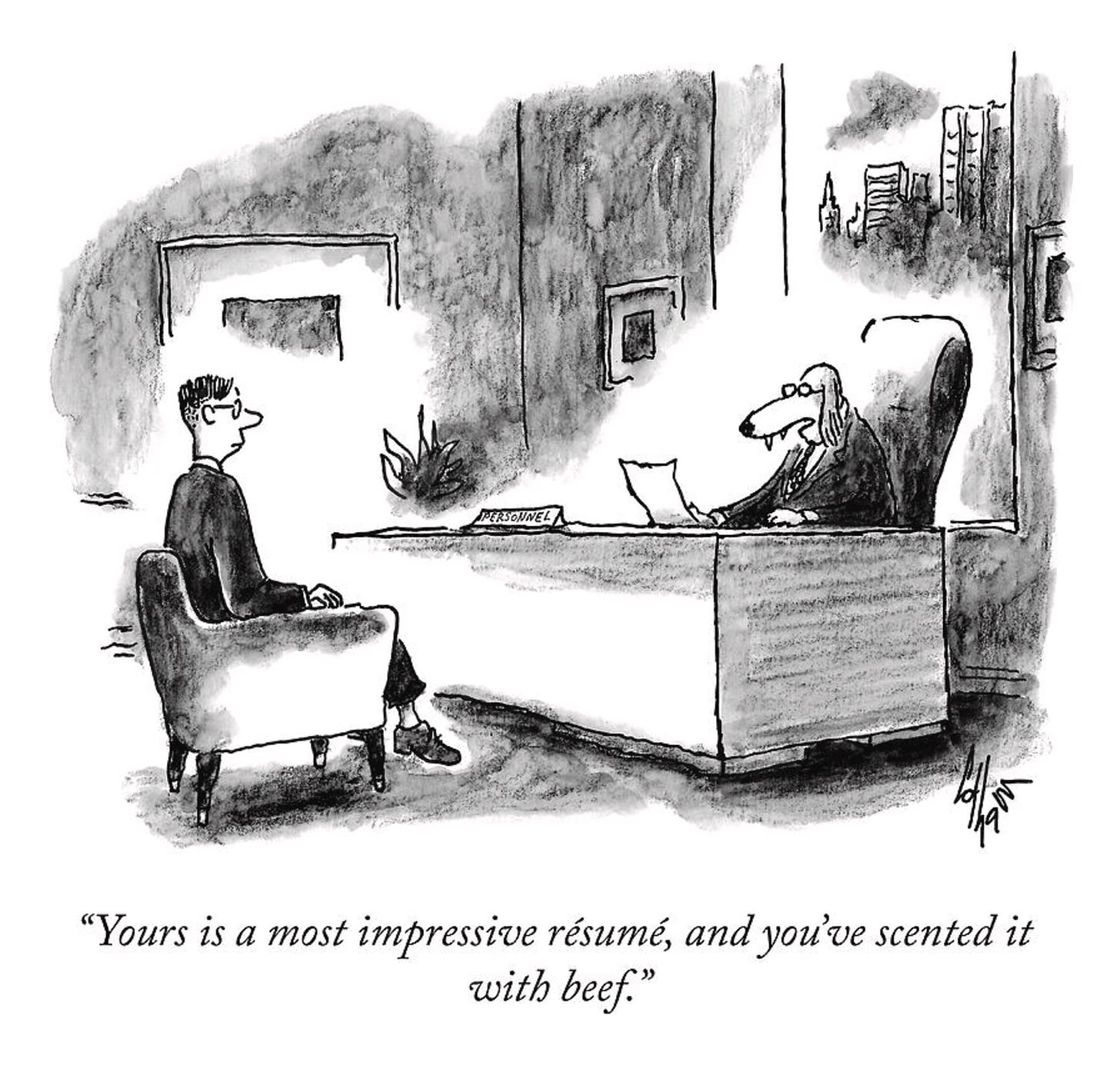Why Scents and Tastes Trigger Deep Emotions
The surprising ways our senses are tied to memory, emotion, and everything in between.

Well It’s Officially Mariah Carey Season
A few weeks ago a herd of students burst into my classroom, red Starbucks cups in hand, filled with holiday concoctions like caramel brûlée and chestnut praline lattes, peppermint mochas, and something called a salted pecan crunch cold brew with cinnamon and sugar cookie cold foam. It seems like the Christmas season starts earlier and earlier every year!
Now I’m firmly in the wait-until-after-Thanksgiving camp, but I have to admit—the smells had me rethinking my stance. Peppermint and cinnamon wafting through the room brought on thoughts of family gatherings, Christmas tree lights, and yes, the start of All I Want for Christmas on loop.
There’s real psychology at play when certain scents and flavors tug on our heartstrings and unlock memories. So, why do smells make us feel so much?
The Science of Scent and Emotion
Smell isn’t just a way to figure out if dinner’s ready—it’s one of our most powerful and primitive senses, and it plays directly into how we feel and remember. When you catch a scent, it shoots straight to the olfactory bulb. Unlike other senses like sound or sight, which take detours through the thalamus to be processed, scent has a direct line to the amygdala and hippocampus, part of your limbic system and your brain’s emotional and memory centers.
Why does this matter? Because these two areas run the show when it comes to feeling and remembering. Your smell sensation isn’t just intellectual—it’s visceral.
Scent is actually one of the reasons theaters pump out fresh popcorn. The smell hits your limbic system, triggering nostalgia or comfort, making you crave it whether you’re hungry or not. In other words, our olfactory system is a fast-track to feeling.
The History of Scent and Theater: Why Popcorn Became King
We’ll dive back into the science of smell in just a moment, but first, indulge me in a quick detour into the history of movie theater popcorn—it’s a story too irresistible for the history teacher in me to skip.
The smell of popcorn has been a theater staple for decades, and there’s actually a fascinating history behind it. Back in the early 1900s, when “moving pictures” were just taking off, theaters were fancy, almost stuffy places. They wanted to attract wealthy audiences, so food and snacks were not allowed. Theater owners didn’t want any crumbs on the red velvet seats. But as movies became more popular during the Great Depression, things started to shift. Tickets got cheap, and people from all walks of life flocked to cinemas for affordable entertainment and escape the monotonous dread of economic hardship.
Around this time, popcorn vendors began setting up stands just outside theater entrances. Popcorn was also cheap. It was filling, and smelled incredible, and the delicious, warm butter aroma wafted right into the theaters. It wasn’t long before theater owners realized that popcorn wasn’t just a snack; it could be a big moneymaker. So they allowed popcorn inside, realizing the smell itself helped draw in patrons.
Many of the movies in the early 1930s focused on escapism—90 minutes of getting away from suffering and entering a new universe. Popcorn, as it turned out, helped trigger feelings of comfort, relaxation, and enjoyment, lighting up the limbic system in ways that complemented the escapism of film. People soon associated the smell of popcorn with the fun of watching a movie, and over the years, it became almost inseparable from the experience.
By World War II, popcorn had become a movie theater essential. Sugar rationing made candy scarce, but good American corn was readily available, and popcorn machines were cheap to operate. By that point, theater owners didn’t just see it as a snack; they knew the scent of popcorn brought people into the theater with that familiar whiff of nostalgia, and it’s been a mainstay ever since.
Today, even in our era of at-home streaming, popcorn still brings that unique magic to movie theaters, reminding us that scent has a powerful pull. The smell might even be the reason you buy a bucket of popcorn every time you see a movie. It’s less about hunger and more about connecting with the comforting and memorable feeling of movie night itself. In psychology, we call this motivation for eating psychological, or convenient, rather than to fill a physiological need.
Now, where was I? Oh yes, back to the science of smell…
Taste, the Sibling of Smell
Speaking of movies, remember that line from Mary Poppins, “A spoonful of sugar helps the medicine go down”? I never tried that, but as a kid, I’d plug my nose, hoping to avoid the awful taste of medicine, and it actually worked! Without the smell, the taste wasn’t nearly as bad, because my brain wasn’t picking up the full flavor. By holding my nose, I was essentially muting the flavor. My tongue could still detect some bitterness, but without smell, the taste was way less intense. It’s a clever (and time-tested) way to make tough flavors a bit more bearable and also a great reminder of how taste and smell work together to shape our full experience of flavor.
Taste and smell share neural pathways in the brain and both engage the brain's limbic system. This shared neural real estate explains why a specific scent can evoke strong emotional memories. It’s all processed in the same neighborhood. When you chew food, your mouth detects basic tastes (sweet, salty, sour, bitter, umami). Meanwhile, aromas from the food travel up the back of your throat to your nose, stimulating the olfactory receptors. The brain combines these inputs, creating the rich experience we call flavor. Without your nose, what you perceive as “taste” becomes dramatically limited—this is why food tastes bland when you have a cold or a stuffy nose, or when you pinch your nose like I did as a child.
Because taste and smell are so interconnected, our brains engage in multi-sensory encoding, storing memories not just visually or emotionally but in full sensory "surround sound," so to speak. This is why scents often feel like instant portals to the past. But why do smell and memory have such a uniquely strong bond?
Why Scents Are the Ultimate Memory Hack
There’s a reason peppermint smells like holiday cheer or the scent of cranberry candles just feels like December. The magic lies in the brain’s ability to seamlessly link scents, emotions, and memories. Here’s how it all works:
Associative Learning
Every time we encounter a scent like peppermint during the holidays, it strengthens a connection in the brain between the scent and what we know about that season. This process, called associative learning, is a cornerstone of classical conditioning.
Classical conditioning occurs when two stimuli are repeatedly experienced together, causing the brain to form a bond between them. In this case, the scent of peppermint (the neutral stimulus) is paired with festive holiday experiences—family gatherings and gift exchanges (the unconditioned stimuli). Over time, peppermint becomes a conditioned stimulus, automatically triggering feelings of happiness without needing the actual event to happen.
Mood-Congruent and Context-Dependent Memory
There’s another reason we associate scents with positive and negative emotions, and it deals with the way we encode memories. Mood-Congruent Memory revolves around the emotional state you’re in when you encounter a stimulus, such as a scent or sound. When you’re happy, for instance, your brain is more likely to retrieve other memories associated with happiness. This happens because emotions act as a kind of filter or primer for memory retrieval, activating neural pathways in the limbic system, which are responsible for emotional processing and memory storage.
In contrast, context-dependent memory relies on external cues from the environment to unlock specific memories. When you form a memory, the brain encodes not only the central event but also the surrounding sensory details—like the smells, sounds, and sights present at the time. These contextual details become part of the memory's "retrieval code," stored by the hippocampus. This mechanism highlights how memories are more accessible when your current environment matches the one in which they were formed. It’s why returning to a childhood home or hearing a specific song can bring back a flood of detailed recollections. Context-dependent memory is particularly strong when multiple senses are involved, as the brain uses these sensory inputs to create a rich, multi-layered memory trace.
During the holidays, these two types of memory often work in tandem. The smell of pine or the sound of a favorite song taps into context-dependent memory, bringing you back to those nostalgic memories. At the same time, your joyful holiday mood triggers mood-congruent recall, reinforcing those warm feelings. Together, they transform simple sensory experiences into emotional anchors, making the holiday season feel uniquely magical year after year.
But these same mechanisms can also bring up bittersweet or painful memories. A familiar holiday scent might not just evoke warm gatherings; it can also remind you of someone who is no longer there. The brain, ever efficient, doesn’t just store joyful moments but also encodes loss, grief, and change. In such cases, the mood-congruent effect flips—if you're feeling sadness during the holidays, sensory triggers can pull forth memories that match that tone, such as missing a loved one.
This duality is what makes sensory memory so powerful: it weaves the highs and lows of our experiences into an emotional fabric, connecting us deeply to both joy and reflection as we navigate the seasons of our lives.
So as the season unfolds and the smells of peppermint and pine waft through the air, take a moment to savor not just the flavors of your favorite holiday drink but the memories and emotions they stir.



